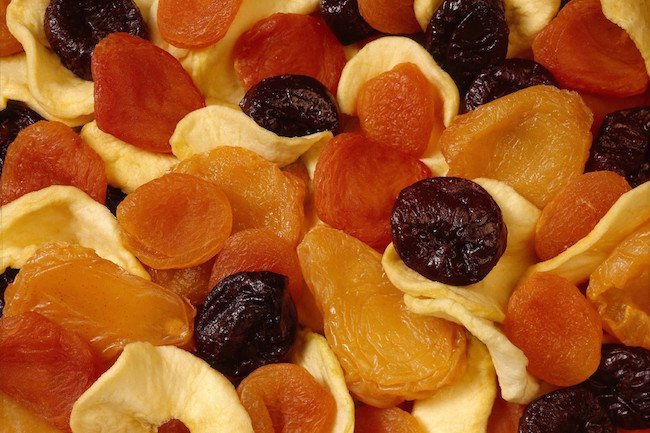
I personally am a fan of dried fruit. I don’t eat it all the time because I’m a firm believer of moderation and I know how calorie dense this tasty treat is. I hear often from my client’s how they can’t eat dried fruit since its too fattening. Let’s look into this belief a little bit more to find out the truth about dried fruit and if it’s impacting your waist line.
What is dried fruit?
Dried fruit is the dehydrated version of the plump, fresh picked delight. Through drying the water disappears and what’s left is a more concentrated often wilted version. Take a look at grapes. They reduce down by 75% instead of 1 cup of grapes you’d end up with 1/4c of raisins. Where other dried fruit like apples or mango will be altered slightly.
Types of dried fruit. Any fruit can be eaten dried. Grapes to raisins, cranberries to Craisins are the usual supermarket finds. Head over the bulk section or specialty store and discover dried mango, cherries, apples, apricots, blueberries, papaya, banana chips and more.
What you’ll find though is that dried fruit just isn’t plain dried fruit. What varies greatly between the types of dried fruit available is unsweetened versus sweetened.
What should you look for when selecting dried fruit?
When you’re buying dried fruit odds are you’re not just buy fruit that’s been dried, packaged, and unaltered by added ingredients. You’ll commonly find sugar is the companion on the ingredient label. Or maybe the dried fruit will be infused with added ‘juice’, as brands try to kick up the flavor and sweetness up a notch.
Deciphering Labels
Here is an example of two brands one with pure unsweetened blueberries (a) and the other providing the sweetened variety (b).
(A) Serving size = 1/3g (40g) (B) Serving size = 1/4c (40g)
(A) Sugar= 17g (B) Sugar= 29g
The difference in sugar content for the exact same portioned weight is 12 grams of added sugar! That is extra sugar in your diet that you don’t need.
It’s been estimated that American’s eat 152 lbs of sugar each year. As a Registered Dietitian we suggest trying to get no more than 10% of your daily calories from sugar. Eating 152 lbs per year far exceeds these recommendations.
What you should buy?
If you’re choosing fruit I would advise purchasing unsweetened options. The ingredient label should simply state the dried fruit you are buying. Though sometimes you will find oil listed to prevent clumping which is okay.
You’ll find packages that state “naturally sweetened”. This might mean the dried fruit is sweetened with fruit juice, fruit juice concentrate, or cane sugar.
“50% less sugar” “reduced sugar”. What you’ll find here is dried fruit sweetened with an artificial sweetener. Here you’d see on the label sugar alcohols – names ending in “tol” such as sorbitol or mannitol. A more common artificial sweetener for dried fruit is sucralose (Splenda).
Yes artificial sweeteners reduce the sugars and the calories. But, some studies have shown they also stimulate your cravings for sugar. Consider sticking to the natural sugar of fruit and dried fruit. Just watch how you add these to your diet. We’ll address this later on in the article.
{Other names for sugar; fructose, sucrose, glucose fruit juice concentrate, 100% fruit juice, high fructose corn syrup, dextrose, syrup, maltose, sorbitol, stevia, sucralose, sugar, cane sugar, glucose.}
Serving Size vs Portion Size
When comparing products it’s important to understand the difference between serving size on the label and a portion size. A serving size is what the company will base their ingredient label on. As you can see in the above example, one company listed 1/4c and the other 1/3c. However, the weight in grams is the same. This is likely due to a difference in the size of dried blueberries between brands.
Depending on your calorie intake your recommended fruit intake could be 2-4 servings per day. Serving examples are as follows:
- 1 cup fresh berries
- 1 cup melon
- 1 kiwi
- ½ grapefruit
- 1/4c dried fruit
There is quite a bit of difference between enjoying 1 cup of fresh cherries and 1/4c of dried fruit. Not only will it likely take longer to eat, but you’ll find it’s more filling as well. Let’s look at a few more of the differences between fresh and dried fruit.
Dried vs Fresh
Not all fruit is created equal. When you have concerns about how dried fruit may impact your diet, your weight loss efforts, your blood sugars, or cravings maybe there is a better option for you. The fresh version! The fiber you get from fresh fruit leaves you feeling fuller longer.
The fiber doesn’t really change much when dried. It can be more mental. For example you might be able to sit down and take 15-20 minutes to enjoy a cup of cherries, but end up devouring 1/4c of dried cherries leaving you feeling hungry and looking for something else to grab.
Nutritionally here is a comparison between three different ways to enjoy blueberries.
| 1cup blueberries | ¼c (40g) dried blueberries*sweetened | 1/3c (40g) dried blueberries*unsweetened | |
| Calories | 84 | 150 | 140 |
| Carbohydrates | 21.4g | 35g | 33g |
| Sugar | 14.7g | 21g | 17g |
| Fiber | 3.6g | 5g | 4g |
| Protein | 1.1g | 0.5g | 1g |
Dried fruit contributing to excess calories. As you can see the dried fruit is more calorically dense compared to a serving of fresh fruit. Excess calories = excess storage. If you have poor control over how many portions you’re adding to your diet each day it could potentially be breaking your calorie “bank”.
Not a direct relationship from the dried fruit, but by not balancing out your total calorie intake for the day.
I think the bottom line is if you feel it’s giving you balance then it very well could be part of a healthy meal plan. Besides being calorically dense there is a more dangerous aspect of adding dried fruit to your diet if eaten on its own.
How your body handles the sugar. Eating fruit solo can come with some consequence. With the concentrated amount of sugar in dried fruit your blood sugars will experience a surge followed by a quick drop. This requires your body to produce insulin to control this surge. The added stress to the body, especially if your diet is high in sugar overall, can lead to impaired weight loss and weight gain.
The perfect pairing. There is a way to avoid this spike and still enjoy dried fruit in moderation. When dried fruit or fresh fruit is consumed with a protein food this will decrease the spike in blood sugar. This combination of nutrients is processed slower by the body improving blood sugar regulation, digestion, and keeping you full longer.
- Dried cherries + raw almonds
- Dried apples + part-skim mozzarella
- Dried blueberries + fresh green salad with mixed veggies and chickpeas
A Healthier Alternative
If you can’t find unsweetened fruit in your grocery store try making your own. It can be time intensive having to chop, peel, pit or cut. At the same time be very rewarding to enjoy your efforts and know exactly what is in your food! You can invest in a food dehydrator or use your oven.
How to make your own dried fruit.
An oven is not as efficient taking twice as long for the finished product and uses more energy. Could still do the trick if you’re only needing to prepare a small batch. If using the oven method you’d follow these instructions.
- Wash and dry your fruit.
- Slice, pit, peel if necessary.
- Spray baking sheets or wire racks with non-stick cooking spray.
- Spread out on baking sheet in one layer or depending on the fruit a wire rack (with baking sheet underneath).
- Place in oven on its lowest setting 140° being ideal.
- Leave door cracked for circulation, this can be improved if you have a convection oven or setting.
- Adjust the temperature to try to achieve the 140°
- It can take 4-8 hours depending on the type of fruit and volume you’re trying to dry.
- Cool for 30-60 minutes.
- Put in sealed container. Freeze for extended freshness.
Summary
Let’s go back to the belief that brought us to this topic…that of dried fruit being fattening. We know it can contribute to excess calories in your diet. So achieving calorie balance is the key. Most importantly if selecting dried fruit make sure not to eat solely on its own to avoid the blood sugar surge in the body.
I don’t believe there is any reason to completely remove this item from your diet. While I suggest enjoying mostly fresh fruit you can still enjoy dried fruit in moderation. Ultimately, if done right, it can be a healthy addition to your diet. Just remember these important points.
1. Buy dried fruit that is unsweetened.
2. Moderation. Stick to that 1/4c portion.
3. Eat alongside protein.
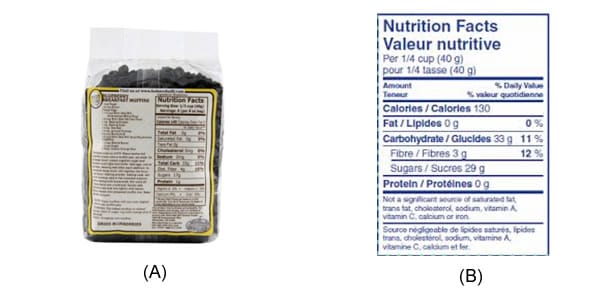

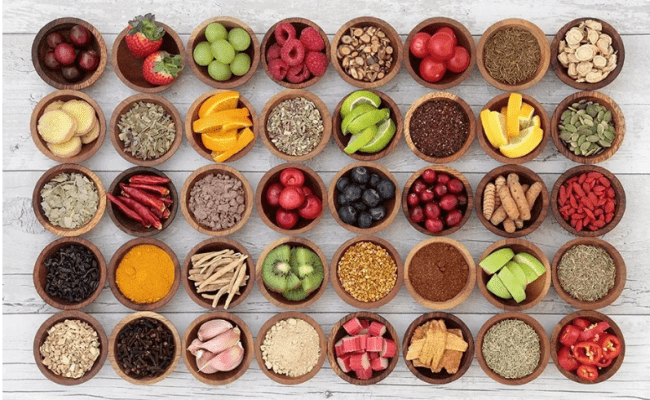

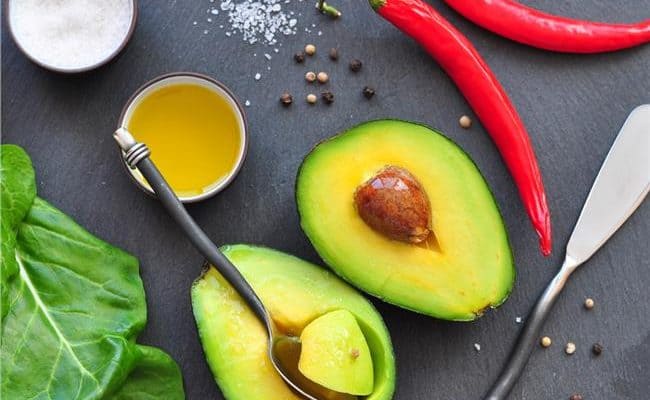



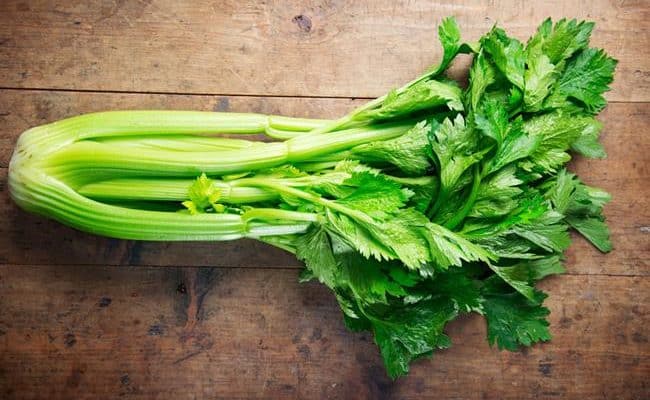
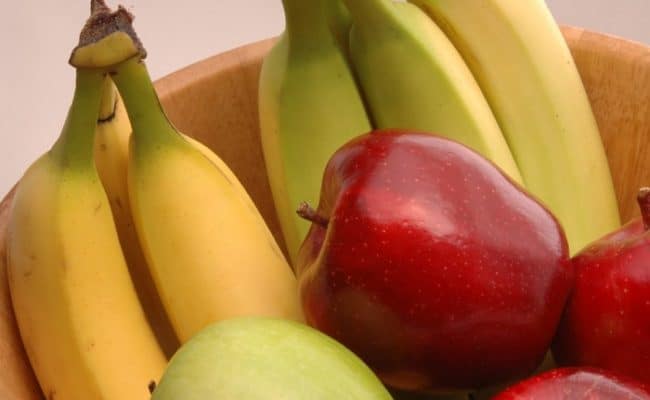


Merri says
I have a question? If you dry slices of fresh oranges and grapefruit in a dehydrator does the sugar change as long as you only eat the amount of slices in the one orange or one grapefruit?